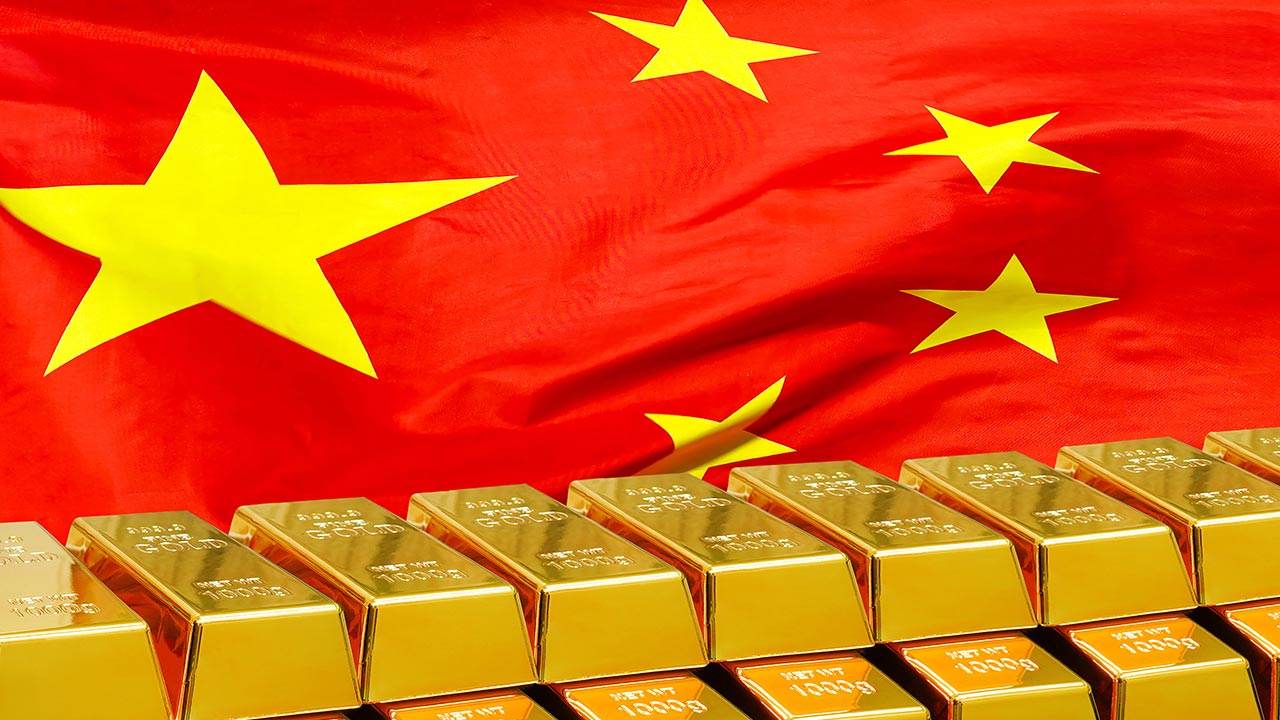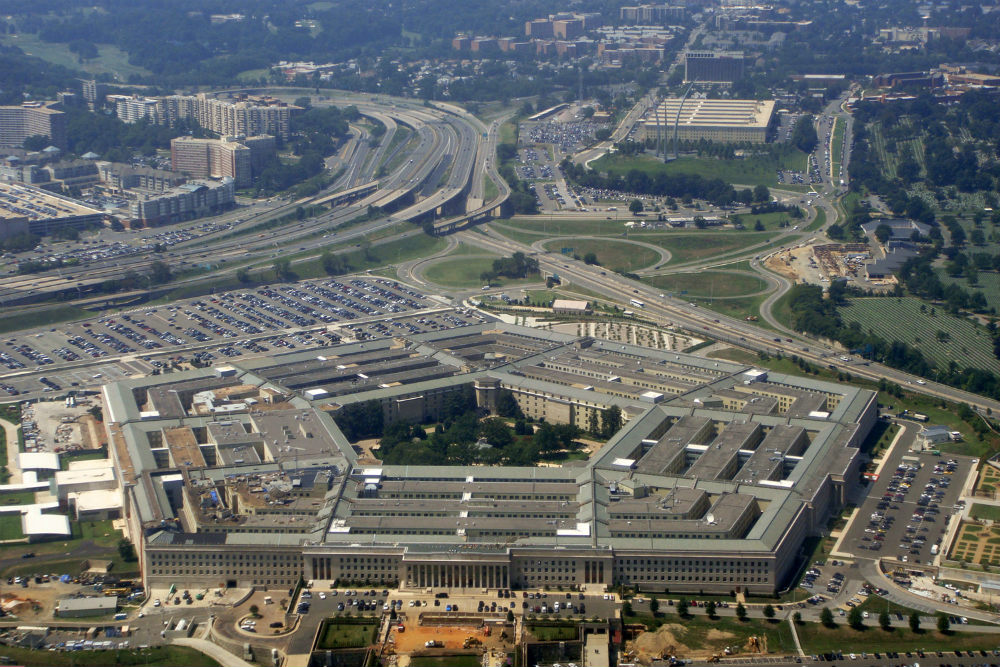
Data uploaded onto the central bank's website on Saturday, Jan. 7, showed that the People's Bank of China (PBoC) has raised its holdings for the said month. This follows the announced purchase of 32 tons in November. (Related: China loads up on gold reserves with recent "mystery" purchase of 300 TONS.)
Before these two recent purchases, the last two times the people's bank reported an inflow of gold were in Sept. 2019 and Oct. 2016. The recent stretch of large purchasing is being speculated as a response to heightened geopolitical risks to the global economy.
Because of the recent purchase, the value of China's gold reserves has risen to $117.24 billion at the end of December, up by over $5 billion from $111.65 billion at the end of November.
China is also purchasing foreign currencies at rapid speeds. The communist nation's end-December foreign currency reserves rose by $11 billion to a total of $3.128 trillion. Analysts interviewed by Reuters only predicted the country's foreign currency reserves to rise to $3.154 trillion.
The People's Bank of China is replenishing its foreign currency reserves amid the weakening of the dollar and the rising strength of the yuan, which rose by 2.8 percent against the United States dollar in December.
Announcement of PBoC purchases sparks rally in gold market
The gold market is trading at its highest level in over seven months, driven in no small part by the PBoC's recent massive purchases of bullion. This has caused a small rally in the gold market, with analysts noting that the publicized purchases are supporting the climbing price of gold.
February gold futures recently traded at $1,880.7 an ounce, up 0.59 percent.
"It's bullish when the world's second-largest economy buys that much gold," said Kitco News senior technical analyst Jim Wyckoff. He added that the market considers the central bank's gold purchases as "smart money."
If central banks around the world continue with their furious gold purchasing sprees, gold prices could breach the $1,900 an ounce mark within a matter of days.
Krishan Gopaul, senior European, Middle East and Asian markets analyst at the World Gold Council, noted that between the first and third quarter of 2022, central banks around the world bought over 673 tons of gold, with nearly 400 tons of that being purchased in the third quarter.
In November alone, central banks bought 50 tons of gold. Along with China, the Central Bank of the Republic of Turkey bought 19 tons of gold and the National Bank of the Kyrgyz Republic bought three tons of gold.
"Looking ahead to the full year picture, it's likely that central banks accumulated a multi-decade high level of gold in 2022," said Gopaul.
Dozens of tons of gold purchases are still unaccounted for as many central banks around the world are choosing to keep their gold purchases secret. Market watchers speculate that Russia could be another large purchaser.
Regardless, analysts expect that central banks will continue to purchase gold through 2023 as they attempt to diversify their holdings and reduce the influence of the American dollar.
Owner and Chief Investment Officer of Equinox Partners Sean Fieler even noted that central bank gold demand in 2022 has changed the game for the precious metals market, demonstrating to private investors that there is real value in purchasing gold.
Learn more about the trade in precious metals like gold and silver at Metals.news and GoldReport.news.
Watch this episode of the "Health Ranger Report" as Mike Adams, the Health Ranger, talks about how China's gold purchases are the country's way of preparing for the end of the dollar as the world reserve currency.
This video is from the Health Ranger Report channel on Brighteon.com.
More related stories:
Central banks all over the world are buying gold at a furious pace.
Central banks continue adding gold to their net holdings as fears rise of a global currency collapse.
Sources include:
Please contact us for more information.


















